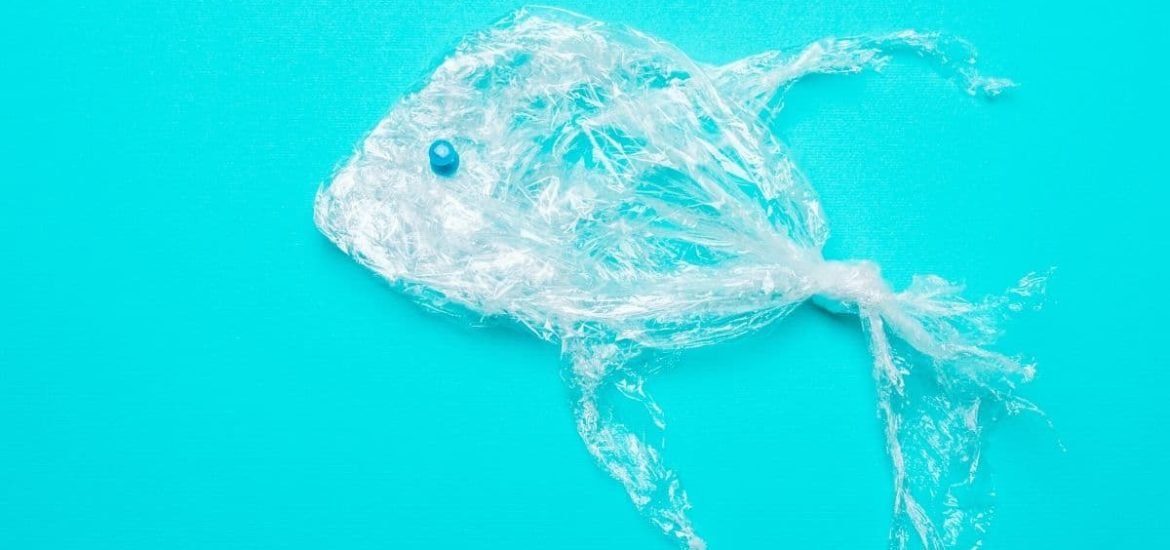
Some ocean fish nurseries contain seven times more microplastics than fish, according to a sobering new study published on 11 November in Proceedings of the National Academy of Sciences (1). The large accumulation of microplastics in fish nurseries of oceans could have ‘far-reaching ecological and socioeconomic impacts’, the authors write.
Most fish begin life close to the ocean surface, where they spend the first few days to weeks developing. Since they are too tiny to get around on their own, millions of these small fish congregate in so-called ocean slicks: narrow lines where currents converge. Survival of small larval fish depends on several factors including the availability of food and the ability to elude predators — they are an important food source for many species including turtles, sharks, and seabirds.
The researchers from the National Oceanic and Atmospheric Administration (NOAA) in Hawai in collaboration with an international team of scientists from the UK, New Zealand, and elsewhere set out to investigate the role of slicks as nursery habitats for tiny larval fish off the coast of Hawaii. However, they unexpectedly discovered that many of developing fish in these slicks are, in fact, munching away on prey-sized plastic particles.
Within some slicks, plastics outnumbered fish by a massive seven to one and contained 126 times the concentration of microplastics of neighbouring surfaces — which is around eight times the plastic density of the Great Pacific Garbage Patch. Most plastics in ocean fish nurseries were small — less than 1 mm — and similar to the size of plankton and other prey. And almost all of them were a byproduct of fishing nets.
When the researchers dissected larval fish from these slicks, they found that almost 10 per cent contained twice the amount of microplastics than fish in nearby surface waters. Although the number seems small, the findings are highly concerning.
Larval fish are much more vulnerable since they do not have a fully developed immune system, the authors explain. So, if one of these tiny fish mistakenly ingests microplastics instead of food, the consequences could be dire. Interestingly, the authors also observed different types of fish exhibit different ingestion rates, which may be due to differences in food preference, eyesight, or other physical characteristics of the fish.
Dr Jonathan Whitney, a marine ecologist at the NOAA and co-author said: “We were shocked to find that so many of our samples were dominated by plastics”. This is perhaps not so surprising since the amount of plastic polluting the oceans has risen dramatically, a direct consequence of human addiction to plastic products — and the effects are becoming increasingly evident.
Microplastics in ocean fish nurseries have implications not just for the survival of baby fish but along the entire marine food chain. And humans are at the end of it. “We found tiny plastic pieces in the stomachs of commercially targeted pelagic species, including swordfish and mahi-mahi, as well as in coral reef species like triggerfish,” said Whitney.
Indeed, studies have confirmed the presence of microplastics in the human gut, and fish consumption may very well be a major source. But regardless of the potential adverse effects on humans, the fact than any living species may be ingesting the plastics that humans have produced in abundance is certainly a very bad thing.
(1) Gove, J.M. et al. Prey-size plastics are invading larval fish nurseries. Proceedings of the National Academy of Sciences (2019). DOI: 10.1073/pnas.1907496116